July 23 to July 29
Koo Chen-fu (辜振甫) only discussed the incident once in public. It was May 1993, and firebrand Democratic Progressive Party (DPP) legislator Chen Shui-bian (陳水扁) had been criticizing him publicly for months in a bid to try and stop the then-Straits Exchange Foundation (SEF, 海峽交流基金會) chairman from meeting his Chinese counterpart Wang Daohan (汪道涵) in Singapore.
After the conclusion of what would later be known as the historic Koo-Wang Talks, Chen continued to question Koo, finally bringing up the subject Koo had preferred to avoid: his sentencing in 1947 for his involvement in the “Plotting Taiwan Independence Incident” (謀議台灣獨立案), where he was accused of working with Japanese officers to create an independent Taiwan after Japanese surrender and before the arrival of the Chinese Nationalist Party (KMT).
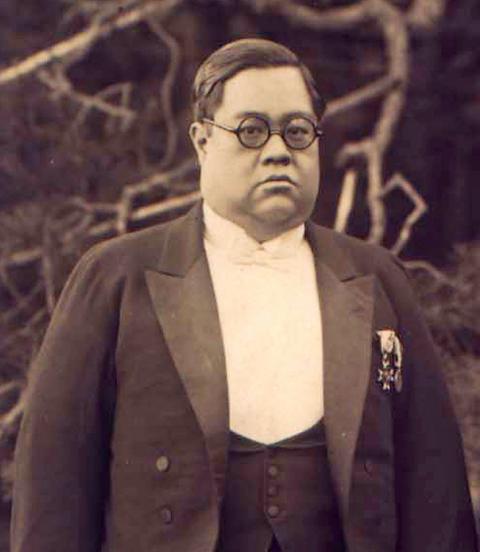
Photo courtesy of Wikimedia Commons
Chen’s camp had been trying to paint Koo, a long-time KMT member, as a traitor to the country, even calling out his late father, Koo Hsien-jung (辜顯榮), who invited Japanese troops into Taipei in 1895 after local resistance had crumbled and the city had descended into chaos. Some say he was being opportunistic, others say he did it to restore order and prevent further violence. Regardless, the family worked closely with the authorities and prospered under colonial rule.
Chen’s questioning about the 1946 incident finally rattled the usually stoic Koo.
“What’s so dishonorable about serving a groundless sentence? Is that betraying the country? It’s already unfair that the government never cleared my name. Today I have to suffer this treatment in the legislature. This is completely unjust!” he shouted.
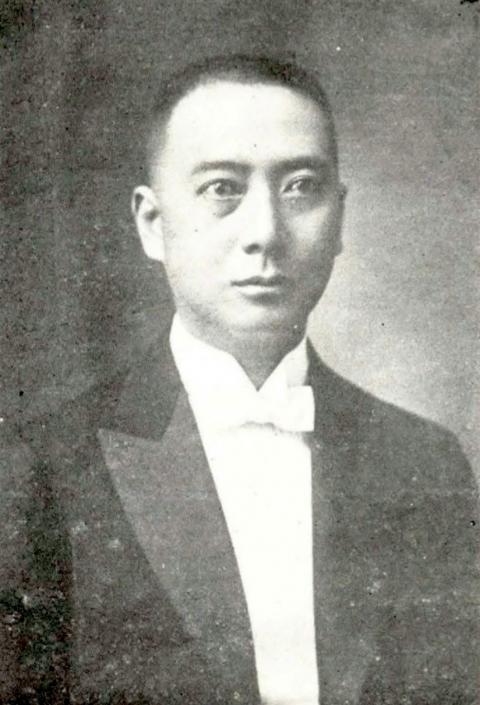
Photo courtesy of Wikimedia Commons
POST-WAR SENTIMENT
After Japan’s surrender on Aug. 15, 1945, the colonial Office of the Taiwan Governor-General reported that while most Taiwanese would likely accept Chinese rule, there were some who would worry about being treated as Japanese collaborators. Others were concerned about the KMT’s ability to rule properly. In response, the office instructed the police to focus on maintaining order, collecting information and to “decisively suppress all signs of scheming for Taiwanese independence.”
These feelings were not unusual. For example, Hsinchu assemblyman Huang Wei-sheng (黃維生) believed that he would have a better chance of surviving and preserving his property under an independent Taiwan approved by Japan, and made a petition to the local government. Yang Kui (楊逵), a novelist and anti-Japanese activist, also expressed his distaste for the KMT’s “reckless and brutal ways” in China, but the colonial reports note that “he was not of much influence.”
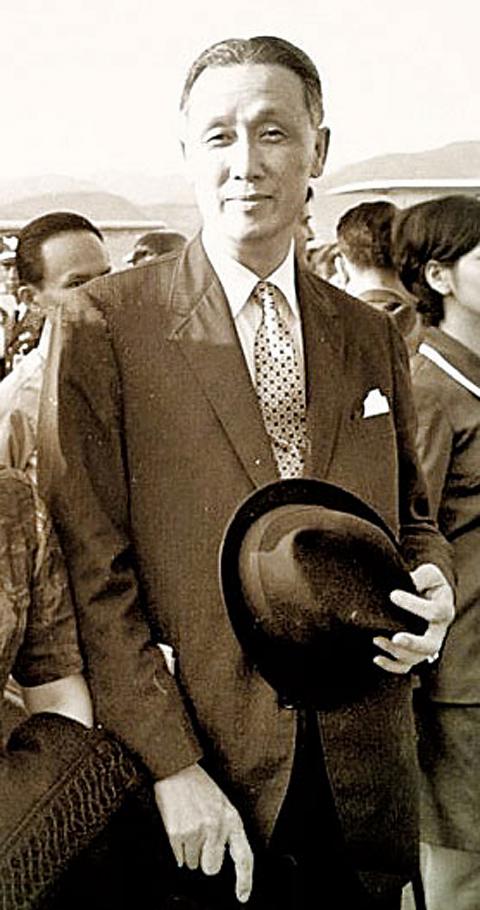
Photo courtesy of Wikimedia Commons
Rikichi Ando, Japan’s final governor-general in Taiwan, reportedly told the independence petitioners that “I understand your sentiments for Taiwan independence. But looking at the bigger picture, for your sake, I suggest that you cease such activities. If you insist on proceeding, I will have no choice but to request the Japanese Army to suppress your movement.”
The sentiment faded quickly, however, as by September, colonial reports show that most of the population were preparing to welcome the arrival of the KMT. The Minpao (民報) newspaper ran an editorial in October of that year comparing independence activists to Qin Kuai (秦檜), a notorious figure in the Song Dynasty who is regarded as a traitor.
GUILTY OR NOT?
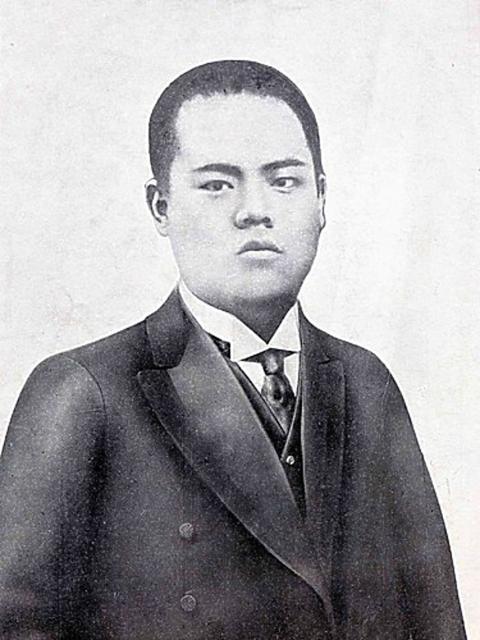
Photo courtesy of Wikimedia Commons
The KMT arrested Koo and four other alleged independence petitioners in February 1946. On July 29, 1947, they were convicted of sedition. Koo received the longest sentence of over two years.
“Most people are overjoyed about the return of Taiwan to the motherland,” the verdict states. “But Koo Chen-fu and his accomplices leaned toward Japan, and were one of the few who lamented Japan’s loss.”
The verdict states that several Japanese officers who refused to accept surrender instigated the incident and recruited Taiwanese to join in their plan, which was only stopped after Ando made his warning.
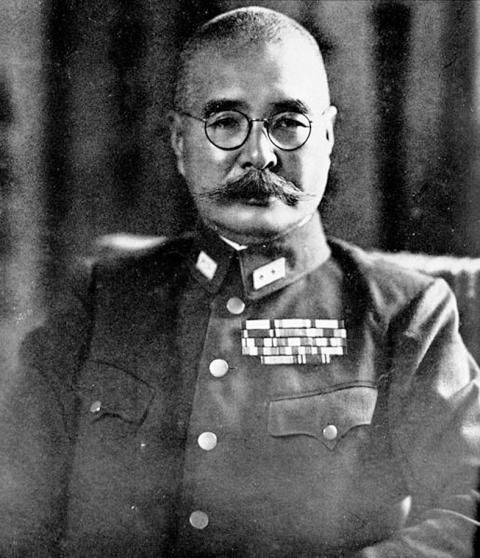
Photo courtesy of Wikimedia Commons
“The so-called self-rule movement was started by the Japanese and would benefit the Japanese,” it continued. “This is essentially sedition under the guise of self-rule. We have sacrificed so much to fight the Japanese and liberate the people of Taiwan, yet these people are not only not grateful, but succumbed to Japanese influence.”
The reason for the relatively short sentences are revealed by the following: “Considering the fact that the Japanese are the instigators and the defendants have been brainwashed by the Japanese, their actions are somewhat forgivable.”
However, later interviews with former Japanese military officials in Taiwan show them insisting that they had nothing to do with the independence attempt.
Koo has long maintained his innocence, claiming that he actually tried to stop the attempt and the sentencing was punishment for the Koo family’s close ties to the colonial government. The son of Hsu Ping (徐丙), another defendant, also declared his father’s innocence. His version of events state that Hsu’s close associate Lin Hsiung-hsiang (林熊祥) angered then-governor general Chen Yi (陳儀) by demanding that he repay an overdue loan, and Chen arrested him and his friends as revenge.
Due to the lack of evidence, the truth is still unclear. However, Japanese records clearly state that Lin Maosei (林茂生) and other “Taiwanese elite” did make an attempt at independence right after Japanese surrender. Lin “disappeared” in the aftermath of the 228 Incident, leaving nothing behind that proves whether Koo and the other defendants were involved.
An interesting footnote to the story: While Koo Chen-fu became a KMT loyalist despite his alleged independence attempt, his half-brother Koo Kwang-ming (辜寬敏) is a DPP member and lifelong Taiwan independence activist.
Taiwan in Time, a column about Taiwan’s history that is published every Sunday, spotlights important or interesting events around the nation that have anniversaries this week.
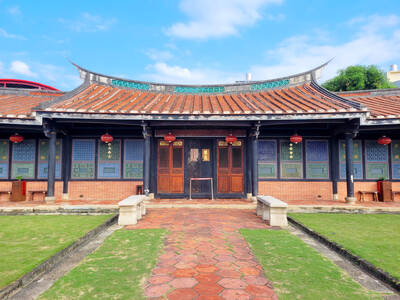
When 17-year-old Lin Shih (林石) crossed the Taiwan Strait in 1746 with a group of settlers, he could hardly have known the magnitude of wealth and influence his family would later amass on the island, or that one day tourists would be walking through the home of his descendants in central Taiwan. He might also have been surprised to see the family home located in Wufeng District (霧峰) of Taichung, as Lin initially settled further north in what is now Dali District (大里). However, after the Qing executed him for his alleged participation in the Lin Shuang-Wen Rebellion (林爽文事件), his grandsons were
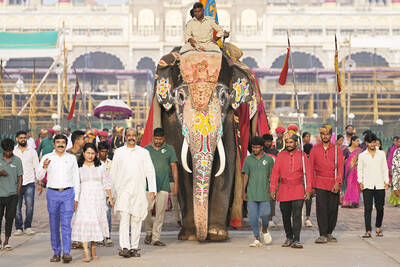
A jumbo operation is moving 20 elephants across the breadth of India to the mammoth private zoo set up by the son of Asia’s richest man, adjoining a sprawling oil refinery. The elephants have been “freed from the exploitative logging industry,” according to the Vantara Animal Rescue Centre, run by Anant Ambani, son of the billionaire head of Reliance Industries Mukesh Ambani, a close ally of Prime Minister Narendra Modi. The sheer scale of the self-declared “world’s biggest wild animal rescue center” has raised eyebrows — including more than 50 bears, 160 tigers, 200 lions, 250 leopards and 900 crocodiles, according to

They were four years old, 15 or only seven months when they were sent to Auschwitz-Birkenau, Bergen-Belsen, Buchenwald and Ravensbruck. Some were born there. Somehow they survived, began their lives again and had children, grandchildren and even great grandchildren themselves. Now in the evening of their lives, some 40 survivors of the Nazi camps tell their story as the world marks the 80th anniversary of the liberation of Auschwitz-Birkenau, the most notorious of the death camps. In 15 countries, from Israel to Poland, Russia to Argentina, Canada to South Africa, they spoke of victory over absolute evil. Some spoke publicly for the first

I am kneeling quite awkwardly on a cushion in a yoga studio in London’s Shoreditch on an unseasonably chilly Wednesday and wondering when exactly will be the optimum time to rearrange my legs. I have an ice-cold mango and passion fruit kombucha beside me and an agonising case of pins and needles. The solution to pins and needles, I learned a few years ago, is to directly confront the agony: pull your legs out from underneath you, bend your toes up as high as they can reach, and yes, it will hurt far more initially, but then the pain subsides.